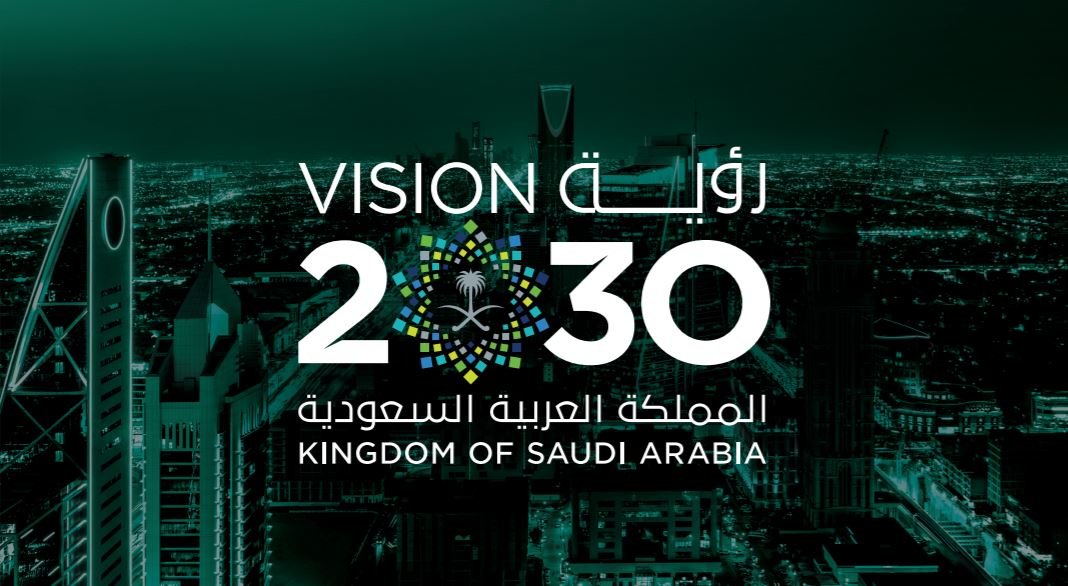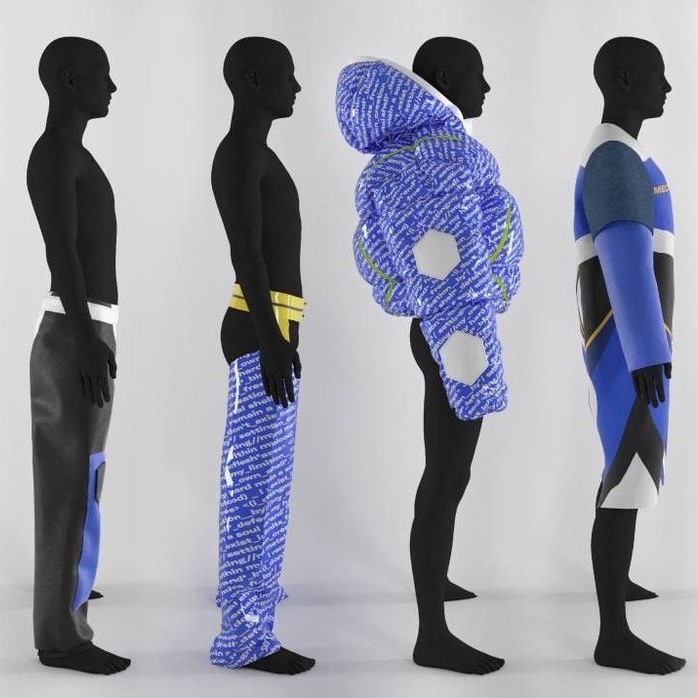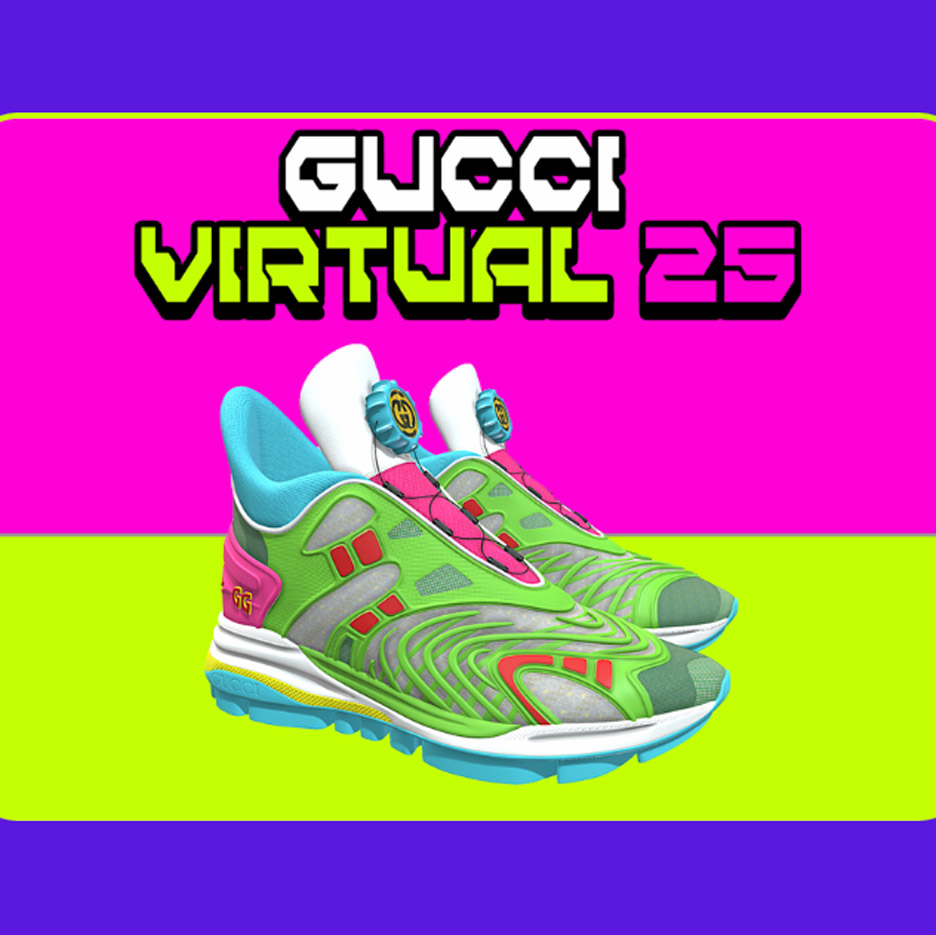The infamous Mohammed Bin Salman, colloquially referred to as “MBS” in the west and “Mr Everything” in his home country, has made the modernisation of Saudi Arabia both socially and economically his mission and this has allowed him to seize unlikely levels of power. The crown prince and de facto leader of Saudi Arabia is only 36 years old and has grown up in the internet age, playing video games and being exposed to western influences. MBS is not without his controversies, however, his plans for the richest Arab country are very interesting and prevalent as modern technology changes the landscapes of our world.
The guiding roadmap for Saudi Arabia to shift their reliance off of their depleting oil supply, Saudi Vision 2030, was implemented by MBS in 2016 and is heavily built around the introduction of modern technologies to make the kingdom a globally competitive ICT hub and an empowered information society. MBS himself is a fan of Silicon Valley and American technology innovators such as Steve Jobs and Bill Gates and wants such innovation to take place in his home country. And he is putting the countries reserves where his mouth is, an estimated 7 trillion USD is going to be spent on completing the goals laid out by Saudi Vision 2030. Part of this spending involves upgrading five of their cities with SMART infrastructure and equipping 100% of their population with 2G and 3G coverage.

More recently, in August of this year, the country announced another set of initiatives set to propel Saudi Arabia to the top of global digital technology rankings. This will see Saudi Arabia aim to become world leaders in cloud computing, artificial intelligence, and the Internet of Things by 2030. These plans not only involve infrastructure and investment but also improving the quality of their workforce with the country looking to continuously measure and increase the number of computer programmers for every 100,000 citizens.
MBS’s transformation of Saudi Arabia is already being seen. Google has partnered with Saudi Aramco to access Saudi Arabia’s $10 billion cloud market with the agreement paving the way for a rollout of high-performance, low-latency cloud services to meet rapidity rising demand in Saudi Arabia. Furthermore, funding for Saudi start-ups grew by 102% during the Covid-19 pandemic.
Talk about completion between the US and China as modern technological superpowers has been very prevalent during the past decade as Chinese information products such as Tik Tok are experiencing international success and are now rivalling, even if not beating their US equivalents. However, other countries such as Saudi Arabia may well be challenging them one day as a superpower in the digital world.
References
https://www.statista.com/statistics/806135/gdp-of-the-arab-world/
https://investsaudi.sa/en/sectors-opportunities/information-technology
https://www.arabnews.com/node/1917151
https://restofworld.org/2021/saudi-arabia-tech-not-oil-the-hot-new-thing/




